10 Best Adventures of 1978
By:
November 2, 2018
Forty years ago, the following 10 adventures — selected from my Best Nineteen-Seventies (1974–1983) Adventure list — were first serialized or published in book form. They’re my favorite adventures published that year.
Note that 1978 is, according to my unique periodization schema, the fifth year of the cultural “decade” know as the Nineteen-Seventies. Therefore, we have arrived at the apex of the Seventies; the titles on my 1978 and 1979 lists represent, more or less, what Nineteen-Seventies adventure writing is all about: ambivalence, indeterminacy, and the irreducible undecidability of things. Plus, New Wave science fiction.
Please let me know if I’ve missed any adventures from this year that you particularly admire. Enjoy!
- Wendy Pini and Richard Pini’s fantasy adventure comic Elfquest (Original Quest, 1978–1984). The Wolfriders are a band of feral, forest-dwelling elves who form close bonds with the wolves they ride; all of them can “send” (communicate telepathically), and some of them have other powers. When the superstitious humans with whom they’ve clashed in the past set fire to the forest, Cutter, the Wolfriders’ chief, leads his tribe — including the wise-cracking stargazer Skywise, the huntress Nightfall, the plant-shaper Redlance, and the warrior Strongbow — to the underground caverns of their greedy, untrustworthy trade partners, the trolls… who take the elves down a long tunnel, under an otherwise impassable mountain range, then strand them in the merciless desert on the mountains’ far side. After an arduous journey across this wasteland, the Wolfriders discover that all elves are descended from the High Ones — who appear to be highly advanced humanoid aliens, who’d visited the planet only to be all but massacred by its human inhabitants! What will happen when two elven tribes converge? This terrific series has been called “one of the most beautifully crafted, well thought out comic book fantasy epics of all time.” Fun facts: Starting with Elfquest #2, the Pinis — Wendy wrote and drew the comic, Richard co-wrote it — self-published their story as a magazine with glossy full color covers. It was an underground hit.
- J.G. Farrell’s satirical military-historical adventure The Singapore Grip. The first major battle of WWII’s Pacific Theater was the Japanese invasion of British Malaya, and rout of the troops stationed on the island of Singapore, the jewel in the crown of the British Empire’s South-East Asian interests. Farrell’s novel — the final in the Anglo-Irish author’s so-called Empire Trilogy — finds not only pathos but a certain amount of dark (if heavy-handed) humor in what Churchill would describe as “the worst disaster and largest capitulation in British history.” The story centers on the Blackett family: Walter Blackett is the racist, imperialist head of a British trading firm that has cornered the market in Malayan rubber — and profited massively, via unscrupulous price-fixing, with the approach of war. His daughter, the most eligible bachelorette in British Singapore, is being wooed by Matthew, the son of Blackett’s partner, an idealistic and ineffectual humanitarian. In fact, much of the novel is devoted not to scenes of slaughter but the inner workings of the rubber industry — which is Farrell’s way of inducing us to see the word through the lens of imperialists for whom profit trumps political, social, or humanitarian concerns. However, when the invasion does happen, there are plenty of chills and thrills for our protagonists. Fun facts: The first installment in the Empire Trilogy is Troubles (1970); the second is The Siege of Krishnapur (1973). Both won the Booker Prize. Farrell drowned, at age 44, in 1979.
- Walter Wangerin Jr.’s Chauntecleer the Rooster fantasy adventure The Book of the Dun Cow. An epic, apocalyptic retelling of the medieval fable “Chanticleer and the Fox,” set in a pre-human version of Earth threatened by an ancient evil Wyrm — who is trapped at the center of the planet! Chauntecleer, our rooster protagonist, commands a community of quirky, flawed, comical, fully realized farm and woodland animals — including Tick-tock, a black ant; sheep, rabbits, a weasel, a goofy wild turkey; and an itinerant, ugly, gloomy little dog called Mundo Cani whom Chauntecleer despises. Theirs is a life of peace and tranquility, but they have grown complacent; as long as they love one another and place their faith in God, the author (a Protestant minister) informs us, the Wyrm will never triumph… but their love and faith is put to the test. Wyrm’s half-cock, half-serpent son, the Cockatrice, and a basilisk army take over another farm — refugees from which stream into Chauntecleer’s lands. One of these is the beautiful Pertelote, whom Chauntecleer marries, and with who he has three children. Chauntecleer has prophetic visions; a Dun Cow (a figure from English folklore) makes silent appearances; and soon enough the basilisks begin to invade. There are bloody, costly battles; Chauntecleer dons a pair of war spurs and confronts the Cockatrice; and the Wyrm threatens to emerge from underground! Fun facts: Named The New York Times Best Children’s Book of the Year; its first paperback edition won a U.S. National Book Award in the category Science Fiction. There are two sequels: The Book of Sorrows (1985) and The Third Book of the Dun Cow: Peace at the Last (2013).
- Adam Hall’s Quiller espionage adventure The Sinkiang Executive. Quiller is an “executive” for a covert-ops agency known (to only the highest members of the British government) as the Bureau. He is unusual, as fictional secret agents go; in previous books, we’ve learned that although he is very good at what he does, he dislikes using firearms… and loathes going on missions. In his eighth outing, Quiller is first fired — for having murdered a Russian agent who’d killed a woman with whom he was sleeping — then re-employed, by the Bureau, as a volunteer, and sent on what appears to be a suicide mission. If you like technical details about fighter jets, you’ll love the extended training sequence in which Quiller — a trained jet pilot — learns to fly a captured Russian Mig-28D fighter. The story kicks into high gear, after that, with Quiller flying into Soviet airspace and allowing himself to be shot down; the narration switches to a first person stream-of-consciousness style that keeps us on the edge of our seats. What is Quiller’s mission, exactly? We don’t find out until near the very end. Fun facts: Elleston Trevor, author of the 1964 thriller The Flight of the Phoenix, wrote nearly 20 Quiller adventures (as “Adam Hall”), including The Berlin Memorandum (1965), which was adapted as the 1966 movie The Quiller Memorandum, starring George Segal and Alec Guinness.
- Ross Thomas’s Arthur Case Wu crime adventure Chinaman’s Chance. Pelican City, California’s Artie Wu, the novel’s titular “Chinaman,” is an overweight con artist with four kids and what he insists is a legitimate claim on the imperial throne of China; his lifelong best friend and fellow grifter Quincy Durant is a reserved loner with mysterious scars on his back. They’re on the trail of Silk Armitage, a missing folk singer, but they have various side hustles going, too… plus, they want to atone for past errors. Also involved: the CIA, mobsters, a tycoon, corrupt politicos, LA music biz types, and Wu and Durant’s hustler pals Eddie McBride and Otherguy Overby. Silk’s sister, Lace, is a movie star married to the tycoon — who hires Wu and Durant. Silk, it seems, was involved with a local Congressman — whose wife may or may not have killed him, and herself; Silk has been missing ever since. There is a buried-treasure subplot, and international intrigue, among other entertaining diversions; no matter, Wu and Durant are up for anything! Fun facts: Thomas didn’t begin writing until he was over 40; Chinaman’s Chance is often described as his best effort. Wu and Durant also feature in Out on the Rim (1987) and Voodoo, Ltd. (1992).
- James Tiptree Jr.‘s New Wave sci-fi adventure Up the Walls of the World. Where to begin? Here on Earth, a group of troubled men and women with telepathic abilities are being studied like lab rats by the (paranoid, drug-addicted) Dr. Dann, as part of a US Navy experiment; Dr. Omaili, with whom Dr. Dann falls in love, is a computer scientist of African descent who has been unable to make meaningful connections since her teens, due to a ritual cliterodectomy administered by her stepfather. Meanwhile, Tivonel, a manta ray-like young female on a far-off planet (Tyree), resents the males of her powerfully psionic species — who are charged with the all-important task of parenting, while the females freely sail the air currents; she is more concerned, however, when Tyree’s scientists report that a wave of death is spreading across the galaxy and headed their way. And then there’s The Destroyer, a solar system-sized, network-structured, sentient inhabitant of deep space, which muses sadly (IN ALL CAPS) on its solitude and inability to fulfill its mysterious duty… while absent-mindedly destroying the galaxy. In an effort to save her species, Tivonel “invades” Earth — telepathically. The minds of Dr. Dann, Dr. Omaili, and their test subjects are transported into the bodies of Tivonel’s inhabitants… where they are uniquely able to flourish. But what can they do to stop the Destroyer? Fun facts: “James Tiptree Jr.” was the pen name of pioneering female sci-fi author Alice Sheldon. In the 1940s, she was an officer in the Air Force’s photo-intelligence group; in the ’50s and ’60s, she earned a doctorate in Experimental Psychology. Already well-known for her sci-fi stories, Up the Walls of the World was her first novel.
- Ken Follett’s WWII espionage adventure Storm Island (aka The Eye of the Needle). I’m not a big fan of Follett’s bodice-rippers, but this one — the bestselling author’s first bestseller — holds up better than most. The plot concerns the real-life Operation Fortitude, a World War II military deception employed by the Allied nations as part of an overall deception strategy during the build-up to the 1944 Normandy landings. A German operative operating under the name Henry Faber — he works in a London railway depot, collecting information on troop movements — is the last enemy spy in England; the others have all been captured. A widowed history professor, Godliman, and an ex-policeman, Bloggs, are hot on Faber’s trail… but he succeeds in discovering the secret of Operation Fortitude, taking photos that will aid Germany’s war effort, and fleeing to Scotland — where he will be picked up by a U-boat. They track him to Aberdeen, where Faber ends up shipwrecked on the isolated Storm Island. (Maybe I like the book because its setting is a bit Buchan-esque?) There, he encounters David, a crippled and embittered RAF pilot, and his beautiful wife Lucy — who falls for the dashing Faber. The success or failure of the Allied war effort is in Lucy’s hands…. Fun facts: Storm Island won the 1979 Edgar Award for Best Novel from the Mystery Writers of America. Richard Marquand adapted the book as a 1981 movie starring Donald Sutherland; subsequent editions of the book bear the movie’s title: The Eye of the Needle.
- Vonda N. McIntyre’s New Wave sci-fi adventure Dreamsnake. In the far future, many years after a devastating nuclear war, genetic manipulation of plants and animals is routine, and humankind has reverted (evolved) into a neo-tribalist social order. Snake, a healer immune to snakebites, carries with her three snakes — Grass, Sand, and Mist — whose venom she uses in her potions. When fearful nomads cripple Grass, a small and rare “dreamsnake” from off-world, whose venom is capable of inducing heroin-like torpor and LSD-like hallucinations, Snake embarks, across a desert of black sand on a quest. Along with a patient who is suffering from radiation sickness — there are pockets of radiation left here and there — Snake heads to the city of Center, in hopes of persuading the Otherworlders who visit there to sell her a new dreamsnake. Hers is a picaresque journey involving a desert-dwelling dreamsnake-venom addict, a handsome young lover, an abused 12-year-old girl, a giant bandit, a character whose sex is never specified, and many hallucinations. Fun facts: Dreamsnake started as a story called “Of Mist, and Grass, and Sand,” which won a Nebula Award. The novel version won the 1979 Hugo Award.
- Paula Gosling’s crime adventure A Running Duck. When successful advertising exec Clare Randell is shot — with a silenced gun — on a crowded San Francisco street, then nearly killed by a bomb in her apartment, the SFPD assigns the case to Lieutenant Malchek. He’s a former Army sniper still struggling to readjust to normal life after his stint in Vietnam; he specializes in setting traps for hit men and contract killers… because he understands exactly how their minds work. Using Randell as bait, Malchek attempts to draw out her would-be assassin — first in a fog-bound safe house, where there’s an atmospheric siege; and then on a tour of California’s redwood forests, where there’s a shoot-out. Randell struggles with her romantic feelings towards Malchek; he struggles with a suppressed instinct to become a ruthlessly efficient killer. Fun facts: A Running Duck, also published as Fair Game, was named one of the 30 essential crime reads written by women in the last 100 years. It has been adapted twice: in 1986, as the cult classic Cobra, starring Sylvester Stallone and Brigitte Nielsen; and in 1995, as the truly terrible Fair Game, with Cindy Crawford and William Baldwin.
- Ellen Raskin’s YA crime adventure The Westing Game. A cult classic — one whose plot is exceedingly difficult to describe without actually recounting the entire story word-for-word. Here’s how it begins, anyway: Sam Westing, a reclusive businessman, has been killed. In his will, he names sixteen heirs — all of whom have recently been selected to live in a new apartment building on Lake Michigan, not far from Westing’s mansion. The will is a puzzle containing clues to the secret of Westing’s death; in order to inherit his $200 million fortune (and control of his company), Westing’s heirs must split up into apparently random pairs and solve the puzzle. The heirs are a colorful, oddball bunch, including: a Jewish podiatrist and bookie, his self-centered wife, his beautiful daughter and her fiancé, and his brilliant 13-year-old daughter, Turtle; a Chinese-American restaurateur, his immigrant wife, and his track-star son; a female African-American judge; a shy older dress-maker; a highly observant 15-year-old boy in a wheelchair; a cleaning woman and a doorman in the new apartment building. Some of these characters have unexpected connections to Westing, others do not. What is the point of Westing’s game? And who keeps setting off bombs? Fun facts: Winner of the Newbery Medal, and ranked one of the ten all-time best children’s novels, by a 2012 School Library Journal survey. Adapted in 1997 as a movie titled Get a Clue.
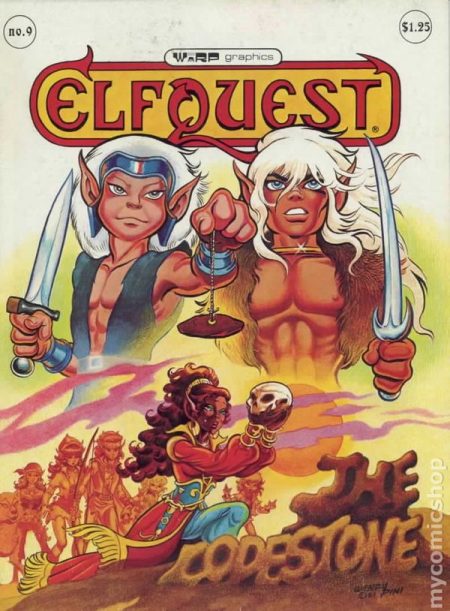
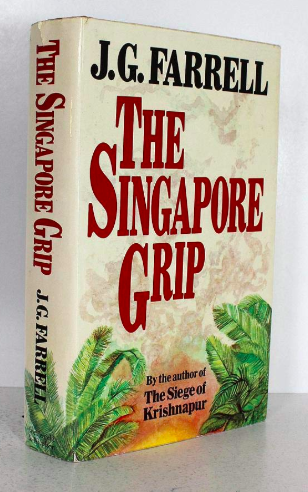
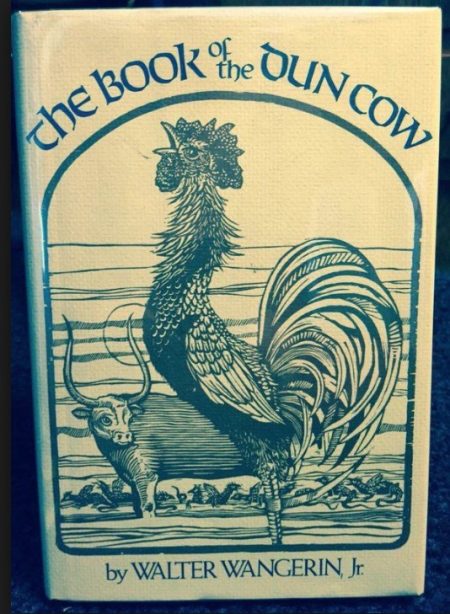
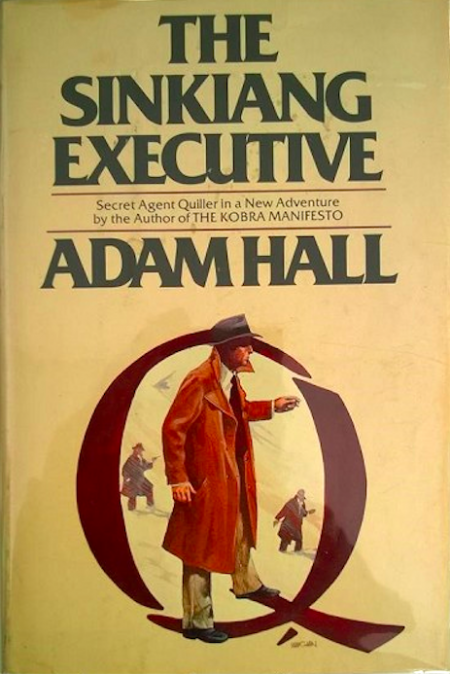
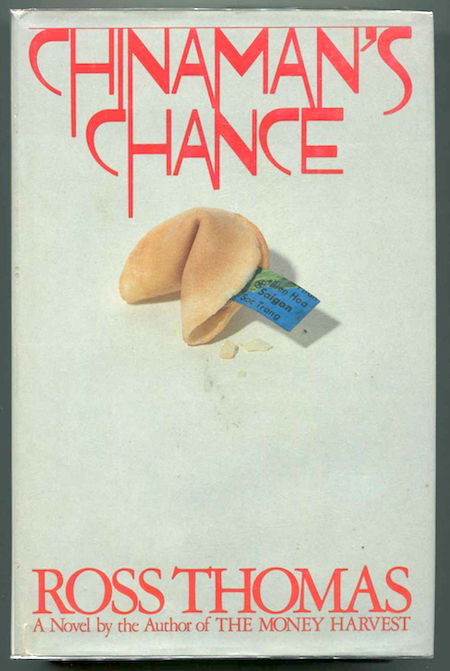
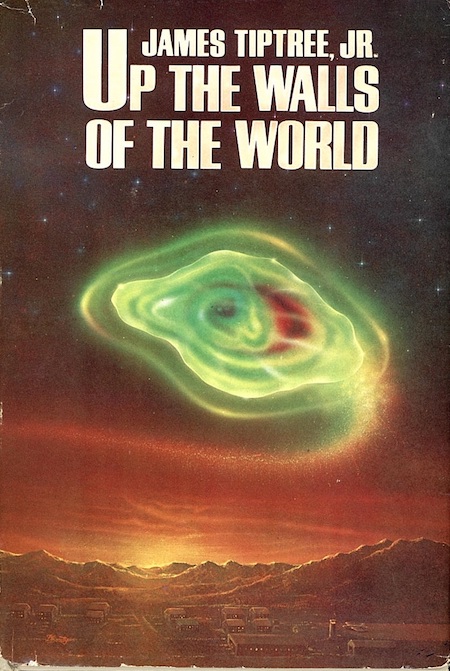
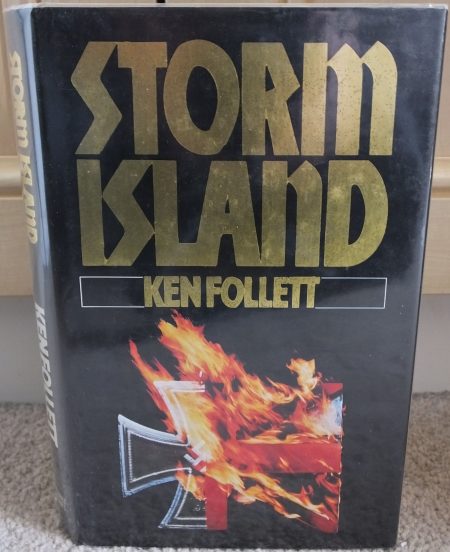
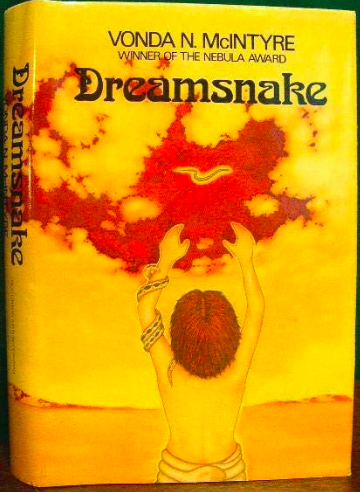
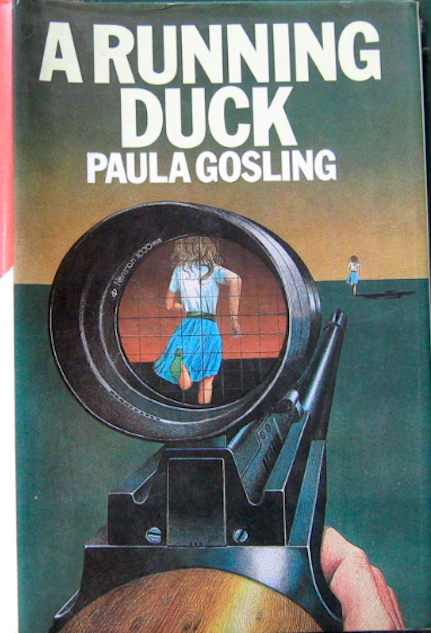
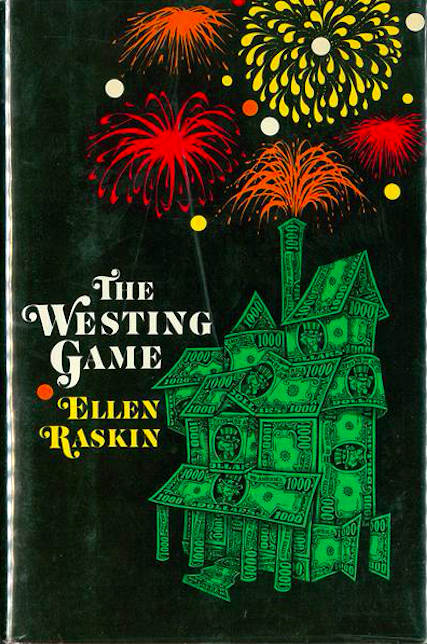
JOSH GLENN’S *BEST ADVENTURES* LISTS: BEST 250 ADVENTURES OF THE 20TH CENTURY | 100 BEST OUGHTS ADVENTURES | 100 BEST RADIUM AGE (PROTO-)SCI-FI ADVENTURES | 100 BEST TEENS ADVENTURES | 100 BEST TWENTIES ADVENTURES | 100 BEST THIRTIES ADVENTURES | 75 BEST GOLDEN AGE SCI-FI ADVENTURES | 100 BEST FORTIES ADVENTURES | 100 BEST FIFTIES ADVENTURES | 100 BEST SIXTIES ADVENTURES | 75 BEST NEW WAVE SCI FI ADVENTURES | 100 BEST SEVENTIES ADVENTURES | 100 BEST EIGHTIES ADVENTURES | 75 BEST DIAMOND AGE SCI-FI ADVENTURES | 100 BEST NINETIES ADVENTURES (in progress) | 1994 | 1995 | 1996 | 1997 | 1998 | 1999 | 2000 | 2001 | 2002 | 2003 | NOTES ON 21st-CENTURY ADVENTURES.
